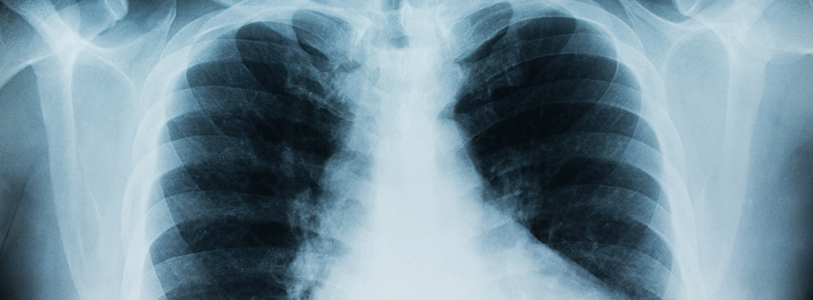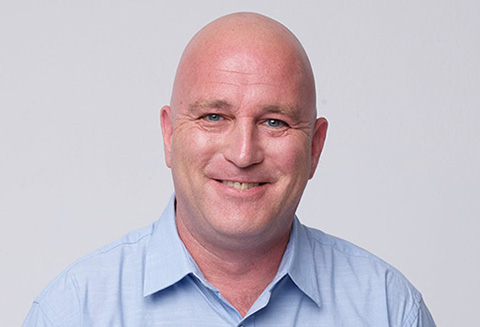Who should be screened for lung cancer?

Lung cancer is the third most common cancer in the United States. It accounts for approximately 14 percent of newly diagnosed cancers — yet it’s the leading cause of death from cancer, accounting for 27 percent of cancer-related deaths.
The reason for these startling statistics? It’s largely a timing issue. More than 50-60% of lung cancers are diagnosed at later stages, and at that point the average five-year survival is around 20%. But when treated early, average survival rate increases significantly, to about 50%.
Lung cancer screening is usually recommended for adults who have no symptoms but who are at high risk for developing the disease because of their smoking history and age. Although people who have never smoked cigarettes can get lung cancer, smoking remains the strongest and most important preventable cause of this disease. The greater frequency or longer duration of tobacco usage, the higher the risk of lung cancer. Other risk factors include exposure to carcinogens, previous cancer or a family history of lung cancer, and COPD or pulmonary fibrosis.
A clinical strategy that has shown promise is low dose computed tomography (LDCT) screening. Unlike a chest x-ray that produces flat, two-dimensional images of the lungs, a CT scanner can explore the entire volume of the lungs by taking a continuing series of images in a spiral around the chest. These images can then be examined on a computer in “slices” and reconstructed in three dimensions giving very detailed information about the volume and shape of spots on the lung or lung nodules.
The best candidates for annual LDCT screening are adults aged 55 to 80 years who have a heavy history of smoking and currently smoke or have quit within the past 15 years. The U.S. Centers for Medicaid and Medicare Services (CMS) recommends lung cancer screening in high-risk individuals up to age 77. Prior to this, screening of eligible individuals was provided under the Affordable Care Act (ACA) for private health plans.
The treatment for lung cancer is not just a single or series of CT scans, but a multidisciplinary approach to identify at-risk individuals with a treatment protocol that involves screening detection and behavior modification/smoking cessation support. The team of professionals may include primary care physicians, radiologists, oncologists and oncologic surgeons, and behavioral therapists.
Lung screenings must be prescribed by a patient’s physician, and the procedure itself is fast and painless. The patient lies on the scanner table and the lung imaging process usually takes about 10 seconds. The scan does not involve drinking any contrast or injecting dye into the vein.
While there’s no sure way to prevent lung cancer, you can reduce your risk by following some simple lifestyle guidelines:
- Don’t smoke: it’s your most powerful preventative for reducing lung cancer risk. In addition, try to avoid second-hand smoke exposure;
- Choose a healthy diet: with a variety of fruits and vegetables;
- Exercise: boosts cardiorespiratory fitness, quality of life; decreases fatigue and depression;
- Avoid carcinogens at work: follow your employer's precautions. Ask your doctor what more you can do to protect yourself on the job.
To learn more about lung cancer screening, visit nyp.org/cancer. To find a cancer specialist, call 877-697-9355.





